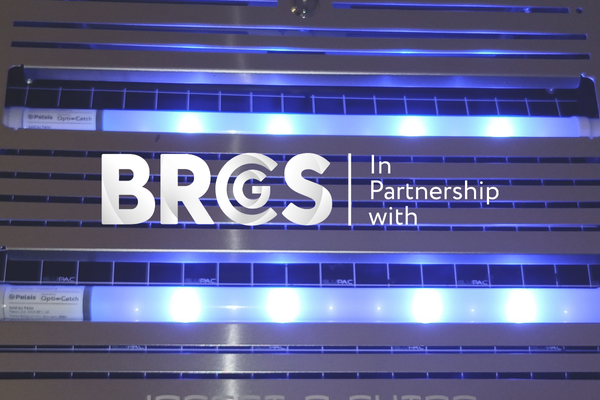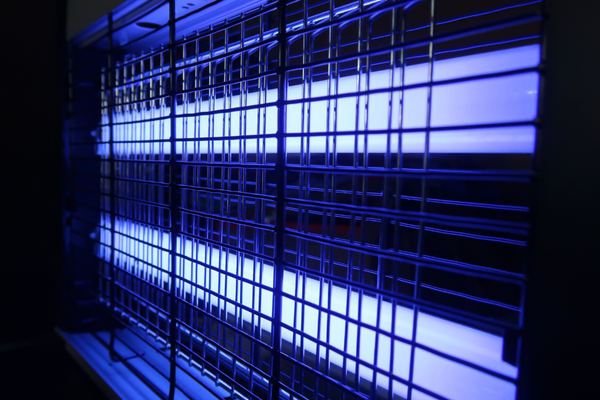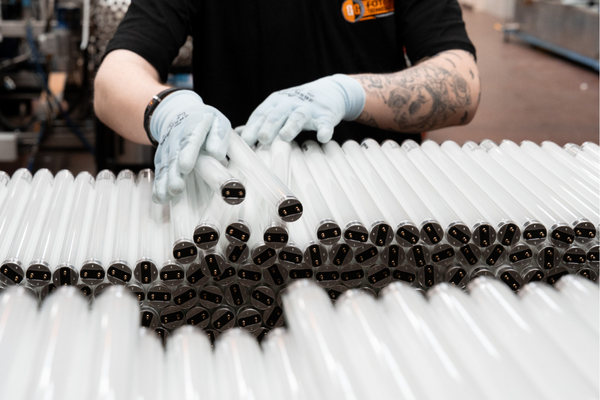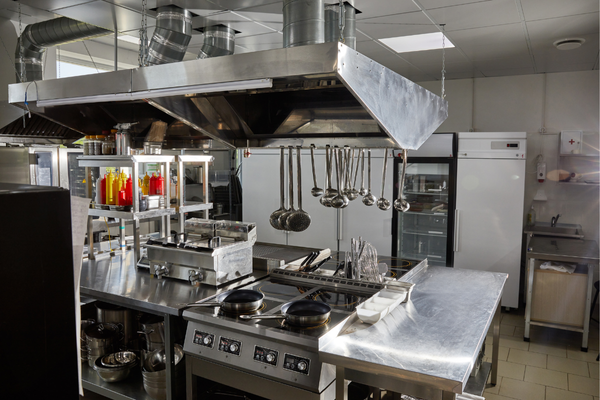With growing interest in LED alternatives for insect light traps, it’s important to separate facts from assumptions. This post breaks down the current regulations, clears up confusion around the 2027 exemption, and outlines how retrofit LED lamps can offer a balanced approach - supporting sustainability goals without rushing into full system replacements.
.png)
Let's break down the facts so you can guide your clients confidently, without panic or pressure to upgrade before it makes sense.

You’ve probably heard a lot about the "February 2027 ban." It’s become a buzzword. But here’s the reality:
👉 It’s not a ban. It’s simply the end of the current 5-year exemption for UV-A fluorescent lamps.
And there’s more: The industry is already applying for another 5-year extension. Big players like Signify (Philips) believe it will be granted.
So, while it’s smart to start planning for the future, there’s no need to rush into LED upgrades right now - especially if your client’s current setup is working well.
Some businesses are choosing to switch to LED now, especially those focused on hitting sustainability goals in their operations. That’s great - but only when the switch is the right move.
Here’s how to keep your advice grounded and trustworthy:
Some still fall short in matching the performance and flexibility of traditional fluorescent lamps.
Pushing premature upgrades could be more wasteful than continuing to use the existing system.
That said, retrofitting existing traps with the right LED lamp can be a smart middle ground. It reduces waste, saves energy, and supports sustainability goals—without throwing away working equipment.
Retrofitting existing traps with LED UV-A lamps is becoming a popular option. It allows facilities to upgrade their technology without replacing the entire unit, making it a more cost-effective and environmentally responsible approach.
If your client wants to upgrade to LED, make sure you’re choosing a retrofit LED lamp that will actually deliver. Here's what to look for:
This is non-negotiable. If LED lamps don’t catch flies as well as fluorescents, it’s not a win.
✅ Ask for independent catch rate data.
✅ Look for products that match or beat the performance of traditional lamps.
✅ Verified results = confidence for you and your client.
Check how long the lamp should last, and what kind of support is offered.
🚩 A three-year lifespan with only a two-year warranty? That’s a red flag.
✅ A good warranty means fewer headaches if something goes wrong.
Not all electric fly killer traps can take retrofit LEDs.
✅Only recommend retrofit LEDs for traps with switch-start ballasts
❌Traps with electronic ballasts (no starter) won’t work with retrofit LEDs.
If it’s not a match, stick with fluorescent for now.
Sustainability isn’t just about switching to LEDs. It’s about making smart choices and using what we’ve got for as long as it makes sense.
That’s why retrofit lamps are gaining traction. They let your clients enjoy the benefits of LED - longer life, no mercury, and lower running costs - without throwing functioning traps in the bin.
The retrofit market is growing, and more options are on the way. But for now, the best advice is to upgrade thoughtfully and only where it makes a clear difference.
There’s no denying that LED is the future of insect light traps. But the transition doesn’t need to be rushed or forced.
For now:
✅UV-A fluorescent lamps are still legal and available
⚠️LED alternatives are emerging, but not fully standardized or universally compatible
🗓️The 2027 “ban” is more of a policy checkpoint than a hard stop
🔄Retrofitting is a smart and sustainable option—but only when done properly
Not sure which LED retrofit lamps to recommend? Wondering if your client’s traps are compatible?
We’re here to help—no pressure, no sales pitch, just clear, independent advice to help you make the right call.
Get in touch if you’d like to talk through your options.
.png)
Results from Pest Tech’s Fastest Retrofit Challenge reveal how effortless it is to upgrade insect light traps with Opti-Catch LED lamps. Technicians achieved retrofit times under 20 seconds, reinforcing the speed and practicality of lamp replacements over full-unit changes.
See Results
As LED technology becomes standard in insect light traps, material choice matters more than ever. Independent research reveals that glass-bodied, FEP-coated lamps offer superior UV performance and safer operation compared to plastic alternatives, protecting food sites from contamination.
Read More
As more facilities consider switching to LED insect light traps, questions remain about performance. Independent testing shows Opti-Catch retrofit UV LED lamps don’t just match - they outperform fluorescent lamps, while delivering energy savings, longer life, and sustainability benefits.
Read More.png)
LightingEurope has requested an extension to RoHS exemptions for UV fluorescent lamps, securing their use in insect light traps until at least 2028. Despite the extention, Opti-Catch retrofit LED lamps already deliver energy savings and sustainability benefits - without replacing existing traps.
Read More
At first glance, LED might seem like an environmentally friendly solution. But switching to LED isn't automatically “green.” Many LED traps on the market today require completely new units to be installed. Discover how retrofitting with LED supports circular economy goals and avoids unnecessary waste.
Read More.png)
With growing interest in LED alternatives for insect light traps, it’s essential to distinguish between facts and assumptions. This post breaks down the current regulations, clarifies confusion surrounding the 2027 exemption, and outlines how retrofit LED lamps can offer a balanced approach.
Read More
Discover why food manufacturers are switching to LED insect light trap lamps, even without a ban. This practical guide explains the benefits of retrofitting, from improved fly catch and lower energy use to audit-ready performance, all without replacing existing equipment or disrupting operations.
Read More
Explore how UV fly traps work to control flying insects in commercial and domestic environments. Learn the science behind UV attraction, how these traps capture flies, and why they’re a clean, chemical-free solution for effective pest management.
Read MoreFill out the contact form below to enquire